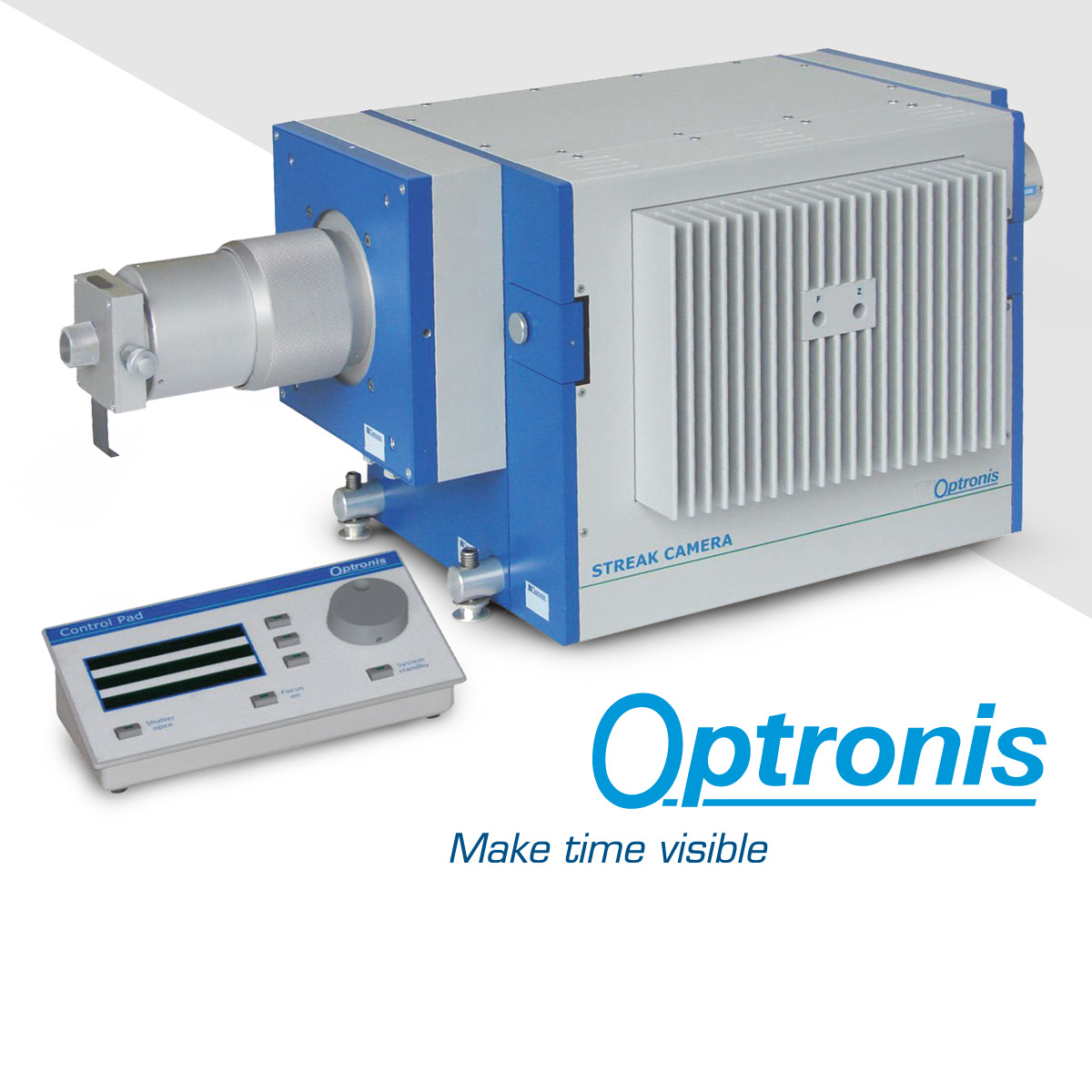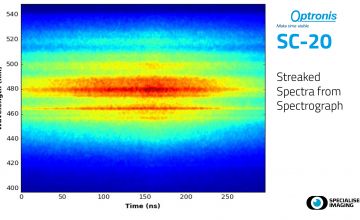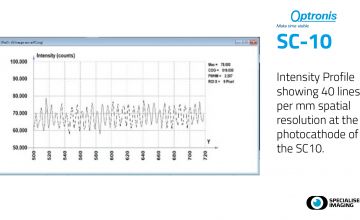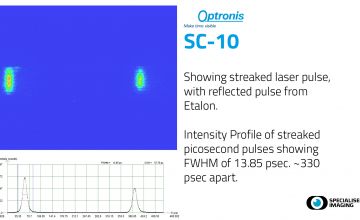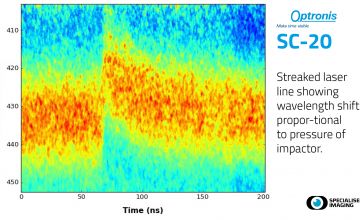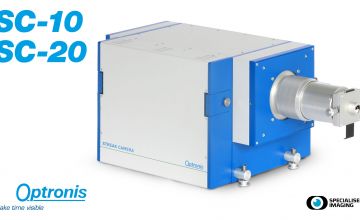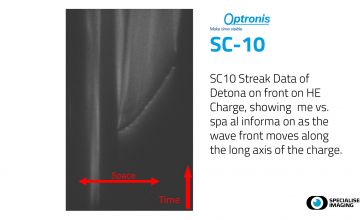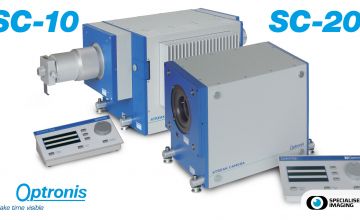Optronis Streak Cameras
OptoscopeSC
The Optoscope-SC streak camera family provide maximum flexibility for a broad range of applications.
Each system is based on a particular main unit SC-10, SC-20. The main unit integrates a dedicated streak tube defining key features like maximum temporal resolution and photocathode size.
Streak camera technology was developed to measure fast and ultra-fast optical phenomena. The function of streak cameras is to measure the intensity of photons over time and physical phenomena can be deduced on the basis of the results obtained. It allows for the measurement of chemical reactions and the change in the molecular structures by measuring the fluorescence changes in intensity or wavelength vs. time.
As well as operating at a very high picosecond temporal resolution (one picosecond equals one millionth of a millionth of a second), streak cameras are the only instruments that allow the behaviour over time of multiple optical processes to be measured at the same time.
Streak Camera continue to be a mainstay in optical time measurement instrumentation for many reasons.
Large Photocathodes: 35 mm on Fiber Optic window
Large Time Windows: 36 mm on Fiber Optics window
Time Resolution down to < 2 picoseconds
Spatial Resolution > 30 lines per mm at the photocathode
Fiber Optic Coupling between Streak Tube and MCP and Readout
High Efficiency Input Optics and Relay Optics
Micrometer or Fixed/Removeable Slit Options
UV, Vis and NIR Options
Sweep Units to Cover Time windows from 200 picoseconds to 100 milliseconds.
Modular Design for user flexibility
Fiber Optic Time Fiducial Inputs
